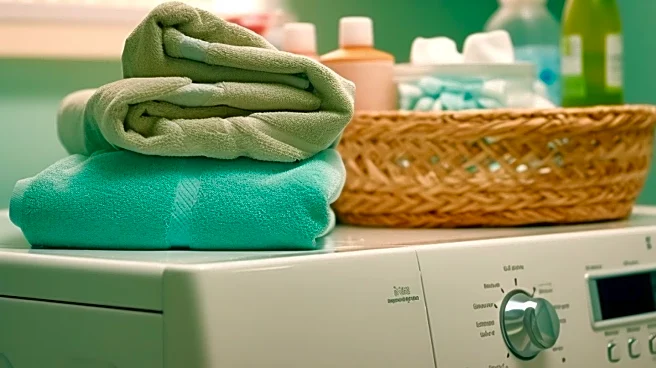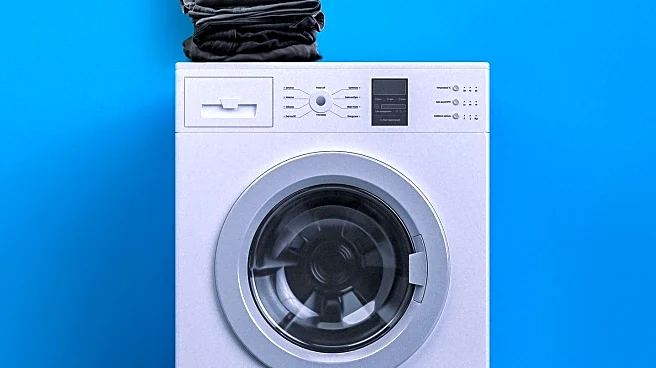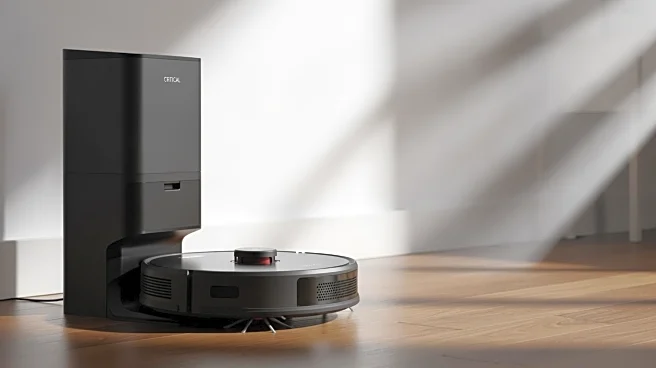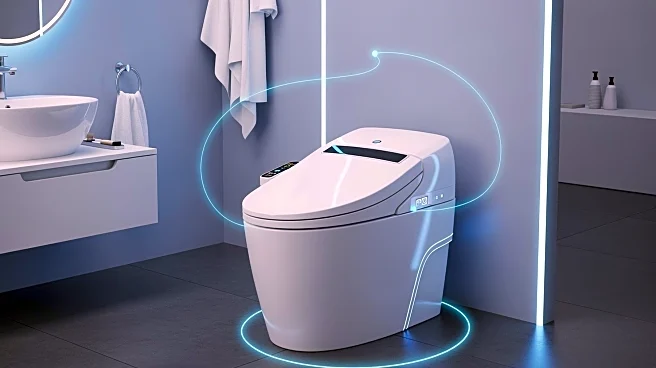What's Happening?
Mold and mildew are common issues in washing machines due to the heat and humidity they generate. These organisms can grow rapidly, often within 24-48 hours, leading to unpleasant odors and potential health
risks. The problem is particularly prevalent in high-efficiency front-loading washers, where moisture can become trapped in door seals and other parts. To combat this, regular cleaning and maintenance are essential. Techniques include using a solution of bleach or vinegar with hot water to scrub visible mold, running a wash cycle on the hottest setting, and ensuring the machine is thoroughly dried after use. Additionally, leaving the washer door open between uses can help prevent mold growth by allowing air circulation.
Why It's Important?
Addressing mold in washing machines is crucial for maintaining hygiene and preventing health issues associated with mold exposure. Mold can lead to respiratory problems and allergic reactions, making it important for households to manage this risk effectively. Regular cleaning not only improves the machine's efficiency but also extends its lifespan by preventing damage caused by mold and mildew. For consumers, understanding these maintenance practices can lead to better appliance performance and reduced repair costs. Moreover, using appropriate detergents and cleaning methods can prevent mold from contaminating clothes, ensuring they remain fresh and clean.
What's Next?
Homeowners are encouraged to adopt regular cleaning routines for their washing machines to prevent mold growth. This includes wiping down seals and other damp areas after each use and using detergents specifically designed for high-efficiency machines. As awareness of mold issues increases, manufacturers may innovate with designs that minimize moisture retention and improve air circulation. Additionally, consumer education on proper maintenance practices could become more widespread, potentially reducing the prevalence of mold-related problems in household appliances.
Beyond the Headlines
The issue of mold in washing machines highlights broader concerns about appliance maintenance and consumer awareness. As more households rely on high-efficiency models, understanding the unique challenges they present becomes essential. This situation also underscores the importance of sustainable practices in appliance design, encouraging manufacturers to consider mold prevention in their product development. Furthermore, the focus on mold prevention can lead to increased demand for eco-friendly cleaning solutions, promoting a shift towards greener household products.











